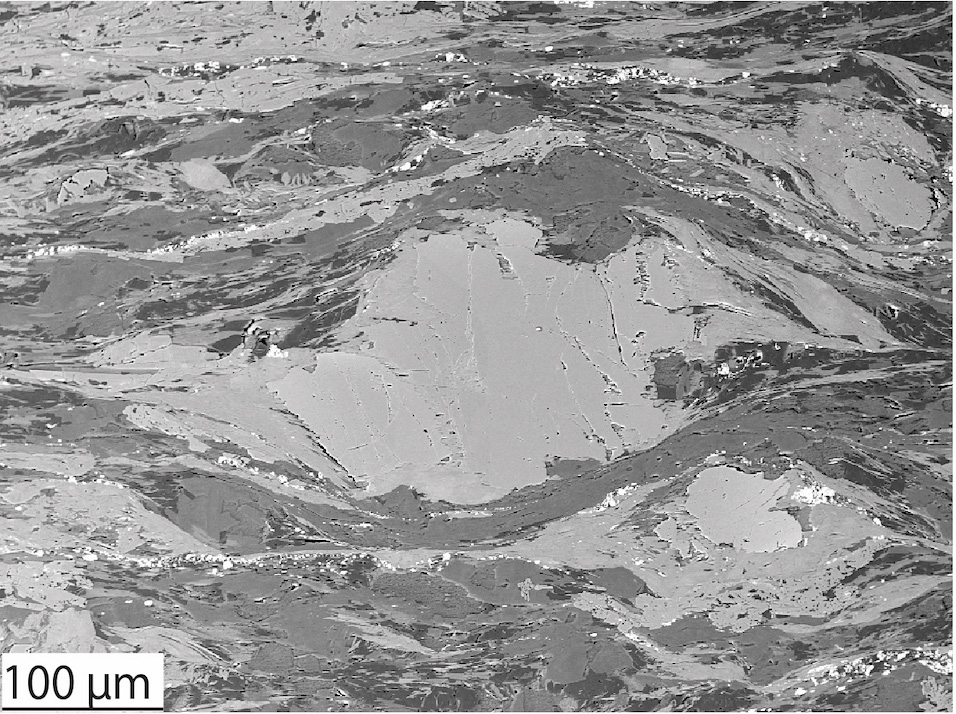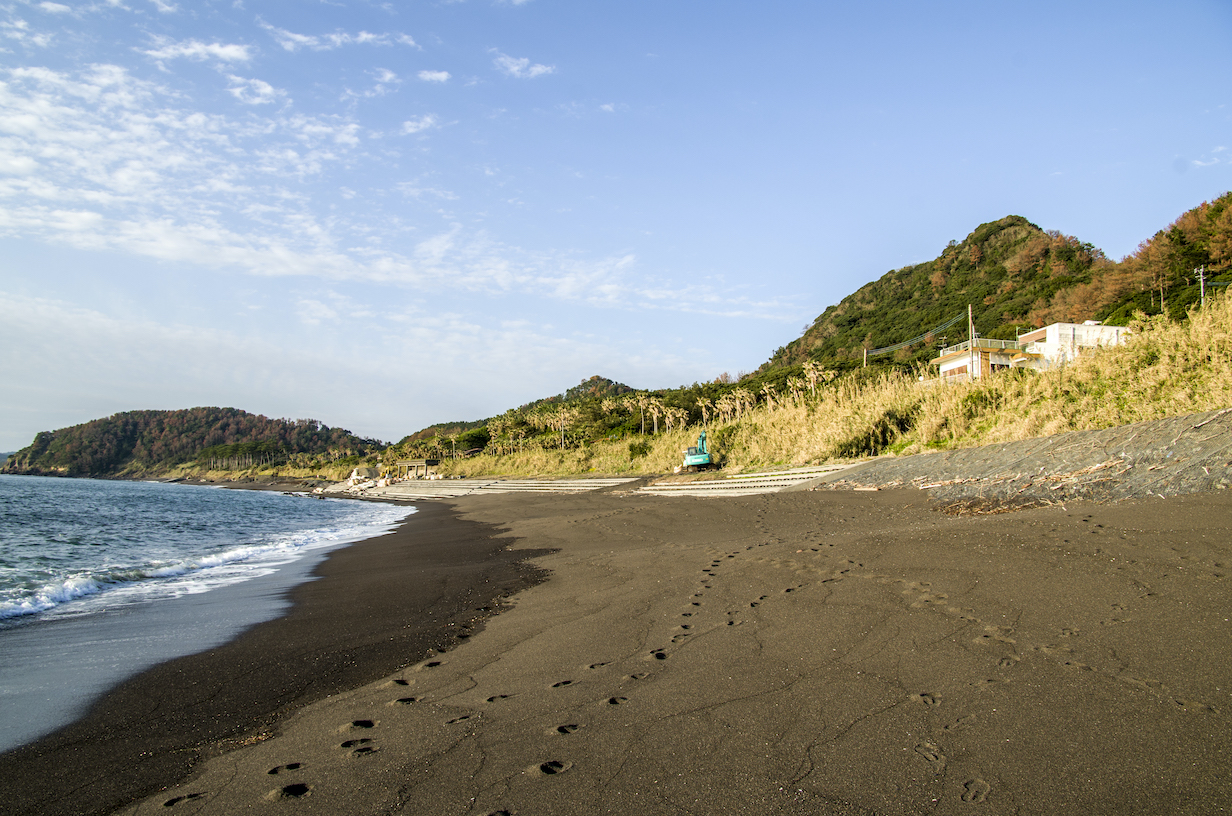New research suggests that water-rich rocks present along subduction zone boundaries may cause these areas to ‘creep’ along without generating earthquakes.
By Melanie Chan, @mellojellochan
Citation: Chan, M. 2020, Hydrated ocean crust supports benign plate movement at subduction zones, Temblor, http://doi.org/10.32858/temblor.105

At approximately 14:46 JST, on Friday, March 11, 2011, the Japanese communities living in the region of Tohoku were informed by the nation’s Early Earthquake Warning system that they would soon experience notably strong shaking. What the people did not know at the time was that this extreme shaking was a result of a megathrust earthquake, measuring at 9.0-9.1 in magnitude. They did not know of the death and destruction that would await them, stemming from the earthquake and its resulting tsunami, claiming tens of thousands of lives and laying waste to the Pacific Coast of northeast Japan.
Not all earthquakes reach such a high magnitude nor create such catastrophes in their wake. Understanding the circumstances that lead to either benign geological events or catastrophic ones is undoubtedly an important question in geological research. A recent study explores the conditions near Kyushu, Japan, that dictate whether tectonic plates in a subduction zone will creep benignly past one another or get stuck and unleash any pent-up stress as a potentially disastrous megathrust earthquake. Specifically, the research team investigates whether water can sufficiently hydrate and weaken the oceanic plate to accommodate slow slip of plates past each other.
How plates slide
Tectonic plates move at rates of centimeters per year above the uppermost layer of the Earth’s mantle. In a subduction zone, oceanic plates composed of dense basalt slide below younger, more-buoyant oceanic plates or less-dense continental plates. Sediments coating the ocean floor often hitch a ride down into the Earth, and because they deform much more easily than basaltic oceanic crust, they “form a lubricating layer between the oceanic crust and overlying [tectonic] plate,” says Chris Tulley, a doctoral student at Cardiff University and lead author of the new study, published in Science Advances.
Geologists commonly assume that this lubricating layer of sediment lets the plates slide past each other without producing earthquakes in a process called aseismic creep. However, Tulley says, at “plate boundaries where there is relatively thin sediment cover and where rough basaltic seamounts stick out above the sediments, [one] might expect more earthquakes” because the lubricating layer — the oceanic sediment — is simply too thin. Yet, even here, some plates creep past one another without producing major earthquakes, indicating that ocean sediment may not be the only substance that allows for aseismic creep.
Sampling deformed crust
Researchers from Cardiff and Tsukuba University in Japan tackled this problem by sampling deformed oceanic crust from three sites on Kyushu. These three sites exposed rocks that deformed in a Late Cretaceous subduction zone, thought to have had similar characteristics to the modern subduction zone offshore of southwest Japan.

Using energy-dispersive spectroscopy and electron-backscatter diffraction to analyze samples of hydrated oceanic crust in the scanning electron microscope, the researchers were able to understand the mechanical and chemical processes responsible for controlling how hydrated oceanic crust deformed. The researchers concluded “that if water is added to basaltic oceanic crust, then two [processes occur]: One, water allows weak [clay] minerals to form; and two, water facilitates the process of dissolving and precipitating minerals in response to stress — a mechanism allowing deformation at low stresses,” Tulley says. In other words, the hard basalt experienced significant mechanical weakening with the addition of water. Their results showed that as water weakens the top basaltic layer of the subducting slab, the slab can deform more easily through creep — instead of the interfacing plates locking together to potentially create a megathrust earthquake.

More research needed
This study will “stimulate people to take a closer look at margins that are sediment-starved” and force researchers to grapple with the idea that “metabasalts can be as weak as sedimentary rocks at certain temperatures,” says Michael Brown, a professor specializing in metamorphic geology at the University of Maryland. However, whether hydrated oceanic basalts are the main components that dictate whether a subduction zone moves via catastrophic earthquake or slow creep is still up for debate, Brown says.
This research, Tulley says, highlights the need to better understand the specific geological environment and processes that are responsible for a wide spectrum of slip events (namely creep versus earthquakes). There’s more work to be done though, he notes, such as observing locations “with shear zones of metasediment, dry, strong oceanic crust, and hydrated crust in combination” and what roles such combinations in varying conditions play in complex plate slip behavior.
Check your earthquake risk at Temblor.
Further Reading
Tulley, C.J., et al., Hydrous ocean crust hosts megathrust creep at low shear stresses. Science Advances, vol. 6 (22), May 27, 2020. doi: 10.1126/sciadv.aba1529.
- Deep earthquake beneath Taiwan reveals the hidden power of the Ryukyu Subduction Zone - January 7, 2026
- Magnitude 7 Yukon-Alaska earthquake strikes on the recently discovered Connector Fault - December 8, 2025
- Upgrading Tsunami Warning Systems for Faster and More Accurate Alerts - September 26, 2025
